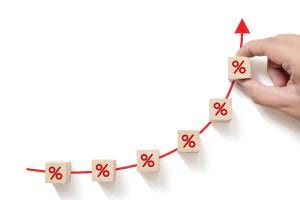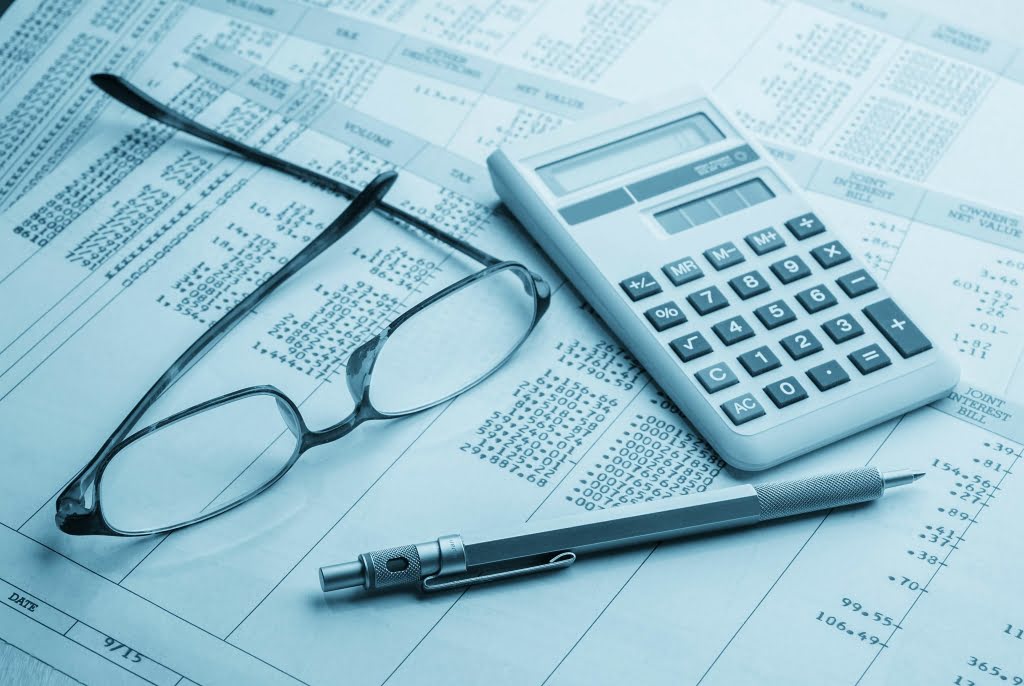
The double-declining balance depreciation (DDB) method, also known as the reducing balance method, is one of two common methods a business uses to account for the expense of a long-lived asset. Similarly, compared to the standard declining balance method, the double-declining method depreciates assets twice as quickly. The double declining balance method accelerates depreciation charges instead of allocating it evenly throughout the asset’s useful life.
What is Double Declining Balance Depreciation?
- In summary, understanding double declining balance depreciation is crucial for making informed financial decisions.
- 1- You can’t use double declining depreciation the full length of an asset’s useful life.
- However, note that eventually, we must switch from using the double declining method of depreciation in order for the salvage value assumption to be met.
- Leveraging AI in accounting allows businesses to focus on strategic decision-making, reduce errors, and enhance overall financial management.
150% declining balance depreciation is calculated in the same manner as is double-declining-balance depreciation, except that the rate is 150% of the straight-line rate. Under the declining balance how is sales tax calculated methods, the asset’s salvage value is used as the minimum book value; the total lifetime depreciation is thus the same as under the other methods. In summary, understanding these advanced topics helps ensure accurate financial reporting and compliance with accounting standards. In the first year of service, you’ll write $12,000 off the value of your ice cream truck.
When to Use Double Declining Balance Depreciation

The benefit of using an accelerated depreciation method like the double declining balance is two-fold. If you make estimated quarterly payments, you’re required to predict your income each year. Since the double declining balance method has you writing off a different amount each year, you may find yourself crunching more numbers to get the right amount.

What Is Account Reconciliation and How Does It Work?
- As an alternative to systematic allocation schemes, several declining balance methods for calculating depreciation expenses have been developed.
- Additionally, any changes must be disclosed in the financial statements to maintain transparency and comparability.
- 11 Financial’s website is limited to the dissemination of general information pertaining to its advisory services, together with access to additional investment-related information, publications, and links.
- By applying double the straight-line depreciation rate to the asset’s book value each year, DDB reduces taxable income initially.
- The MACRS method for short-lived assets uses the double declining balance method but shifts to the straight line (S/L) method once S/L depreciation is higher than DDB depreciation for the remaining life.
- Get started with Taxfyle today, and see how filing taxes can be simplified.
In many countries, the Double Declining Balance Method is accepted for tax purposes. However, it is crucial to note that tax regulations can vary from one jurisdiction to another. Therefore, businesses should verify the specific tax rules and regulations in their region and consult with tax experts to ensure compliance. Yes, it is possible to switch from the Double Declining Balance Method to another depreciation method, but there are specific considerations to keep in mind.
Step two
Both these figures are crucial in DDB calculations, as they influence the annual depreciation amount. In summary, the choice of depreciation method depends on the nature of the asset and the company’s double declining balance method accounting and financial objectives. This process continues for each subsequent year, recalculating the depreciation expense based on the declining book value.


In that case, we will charge depreciation only for the time the asset was still in use (partial year). Like in the first year calculation, we will use https://www.bookstime.com/ a time factor for the number of months the asset was in use but multiply it by its carrying value at the start of the period instead of its cost. After the first year, we apply the depreciation rate to the carrying value (cost minus accumulated depreciation) of the asset at the start of the period.

